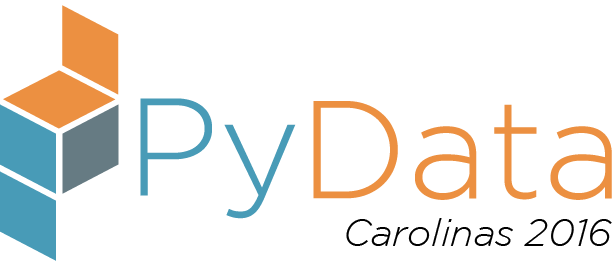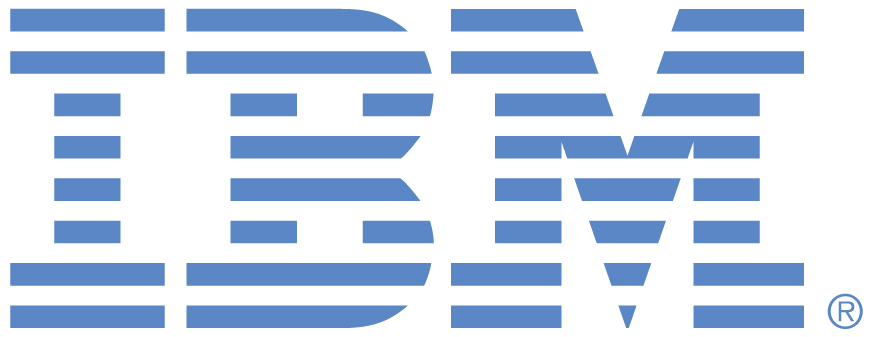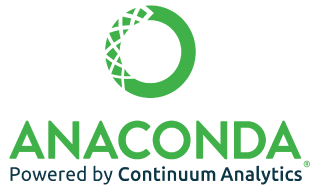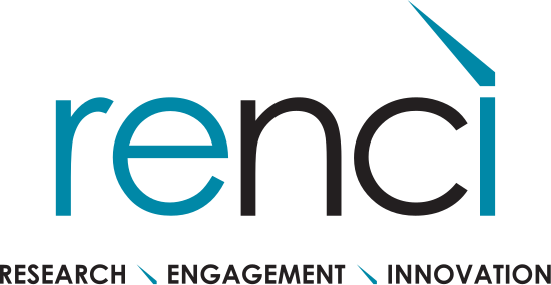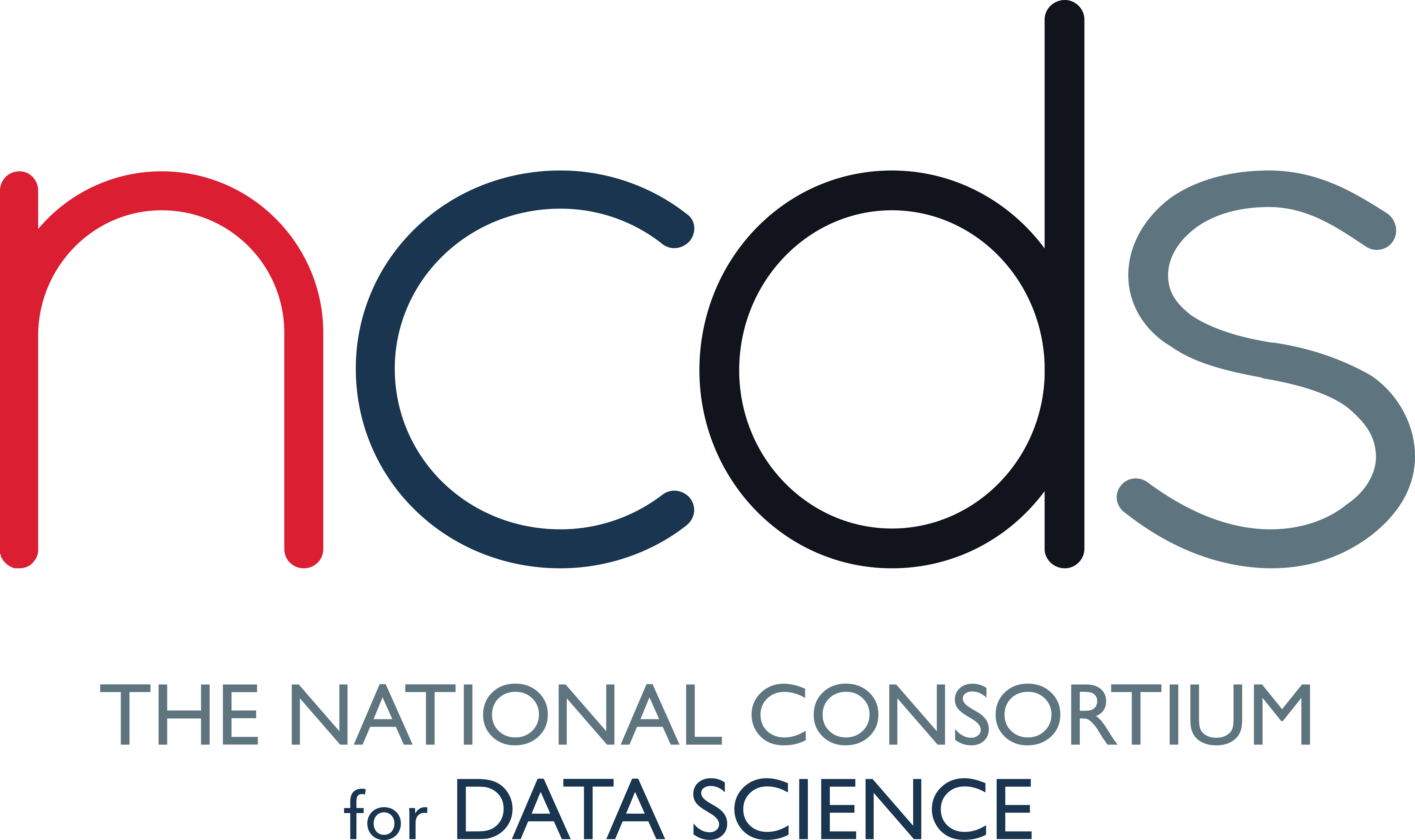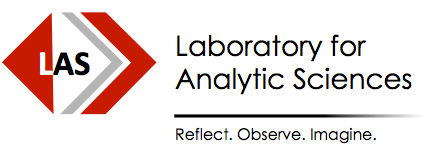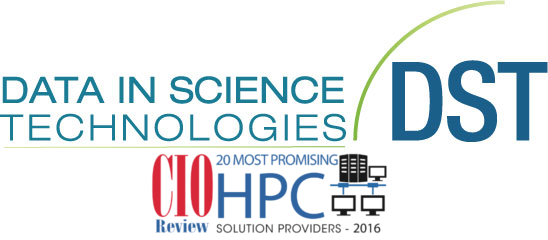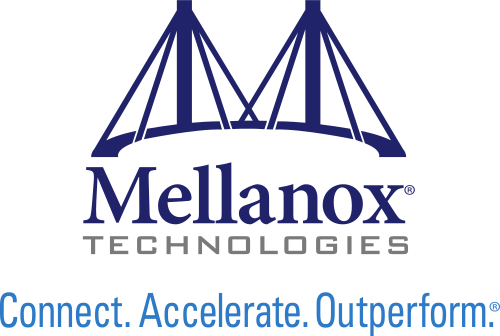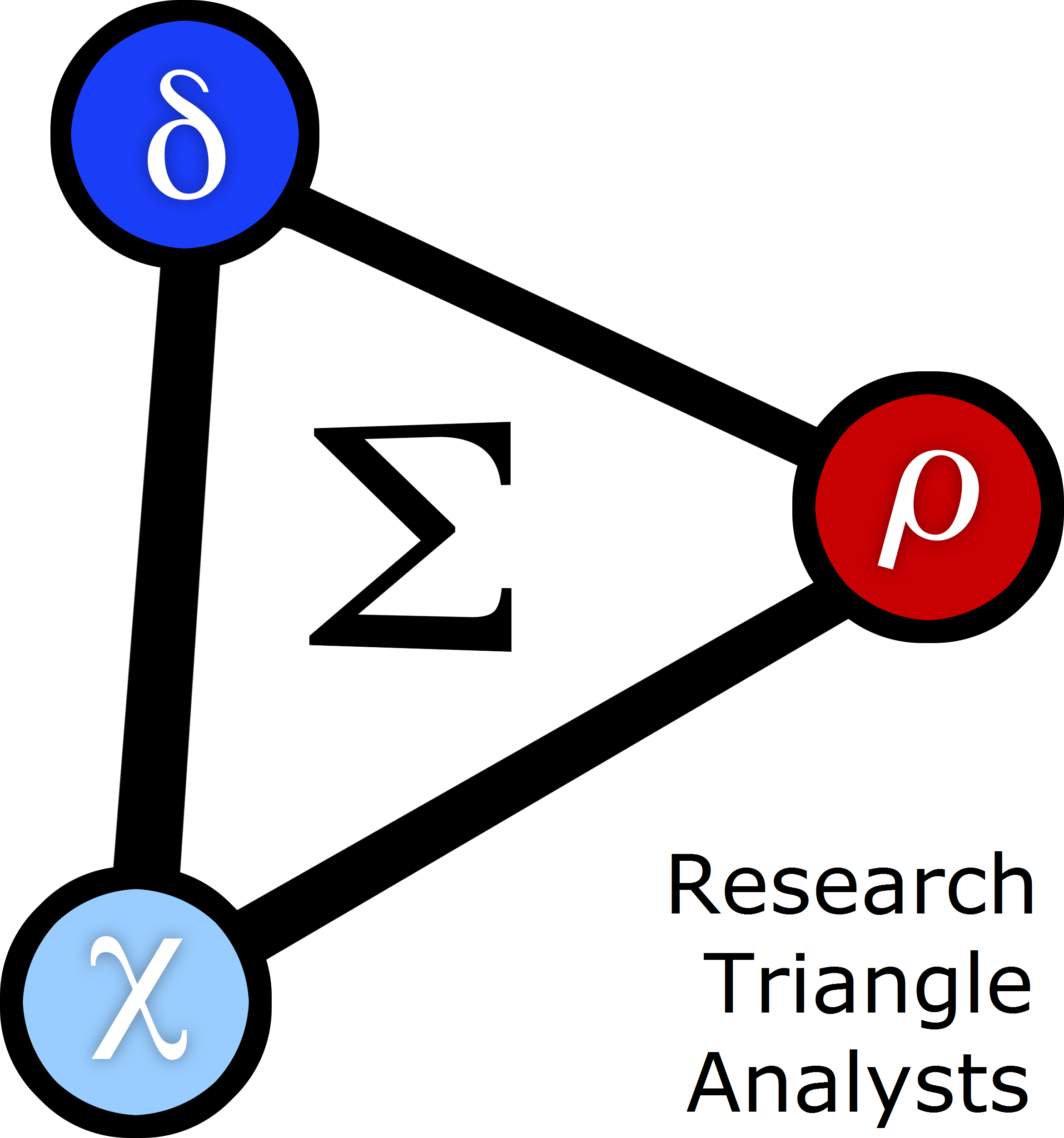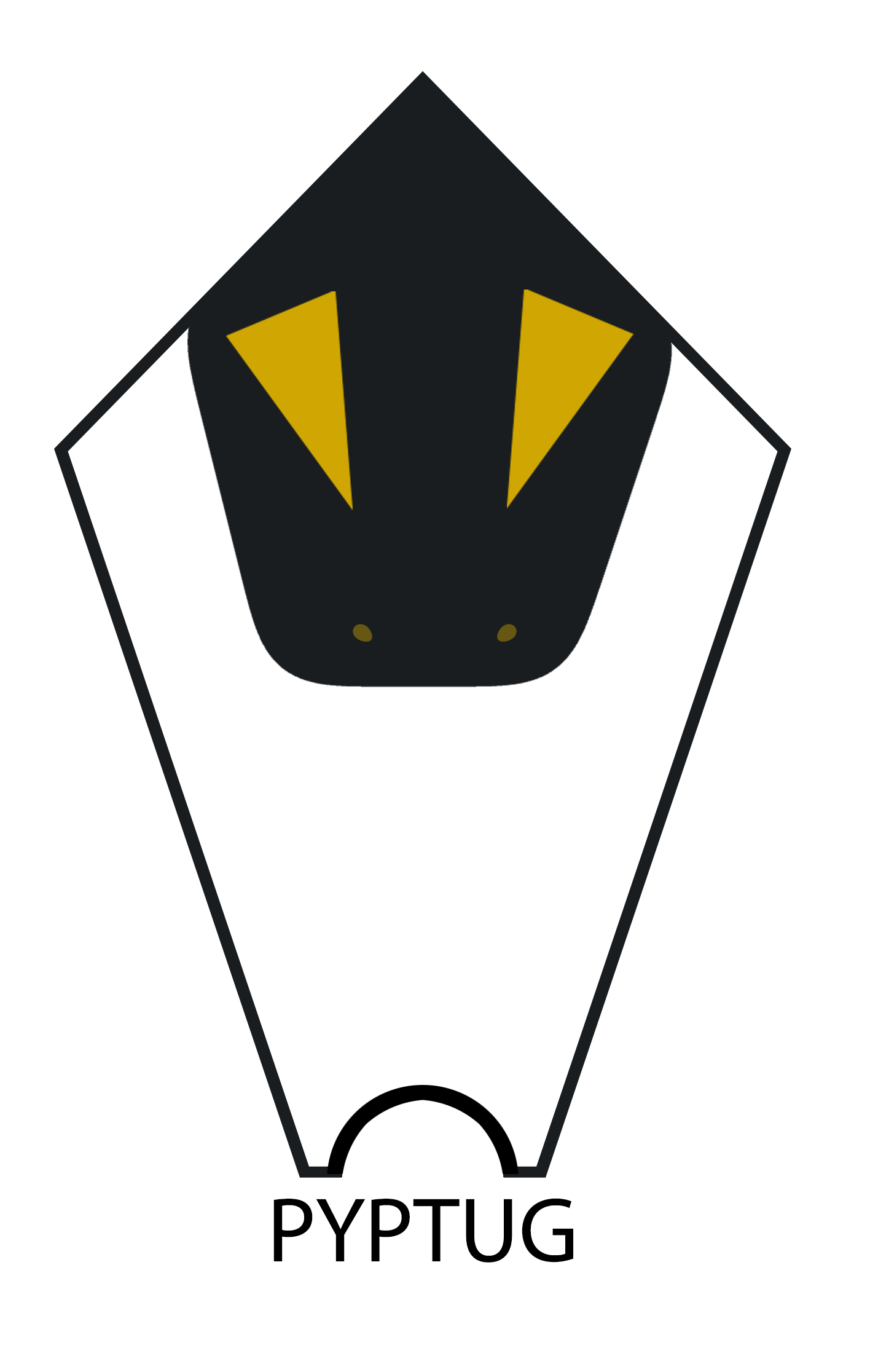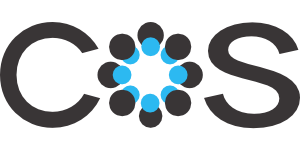Friday 1:10 PM–1:50 PM in Room 1
HistomicsTK: An open-source python toolkit for web-based analysis of digital histopathology data
Deepak Roy Chittajallu
- Audience level:
- Intermediate
Description
In this talk, we will present our ongoing effort behind the development of HistomicsTK, an open-source python toolkit for integrated web-based analysis of large collections of digital histopathology data (2D images of a thin-slice of diseased tissue at a microscopic resolution) used for the clinical diagnosis, staging, and prognosis of several diseases including cancer.
Abstract
Histopathology, which involves the examination of thin-slices of diseased tissue at a cellular resolution using a microscope, is regarded as the gold standard in clinical diagnosis, staging, and prognosis of several diseases including most types of cancer. The recent emergence and increased clinical adoption of whole-slide imaging systems that capture large digital images of an entire tissue section at a high magnification, has resulted in an explosion of data. Compared to the related areas of radiology and genomics, there is a dearth of mature open-source tools for the management, visualization and quantitative analysis of the massive and rapidly growing collections of data in the domain of digital pathology. In this talk, we will present our ongoing effort to address this gap through the development of HistomicsTK, an open-source python toolkit for web-based analysis of large collections of whole-slide histopathology images in association with clinical and genetic variables.
HistomicsTK is being developed with the goal of serving the needs of both pathologists/biologists interested in using state-of-the-art solutions to analyze their data, and algorithm researchers interested in disseminating their solutions for wider use by the community. It currently contains algorithms for common image analysis tasks (ex: color normalization, color deconvolution, segmentation, feature extraction, and classification) and provides an infrastructure for parallel execution of image analysis pipelines. It uses containerization technology to simplify the packaging and portable dissemination of these pipelines for wider use by the community with a standardized interface. It includes an innovative framework that automatically generates REST interfaces and web UI to access these image analysis solutions over the web.
